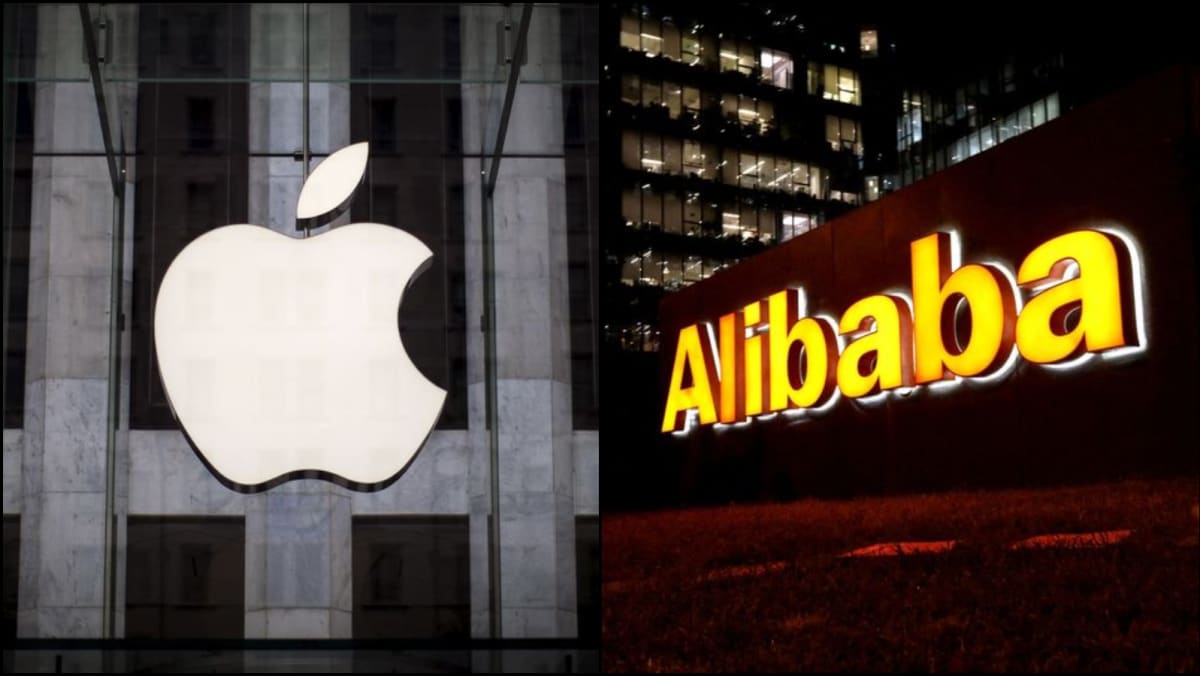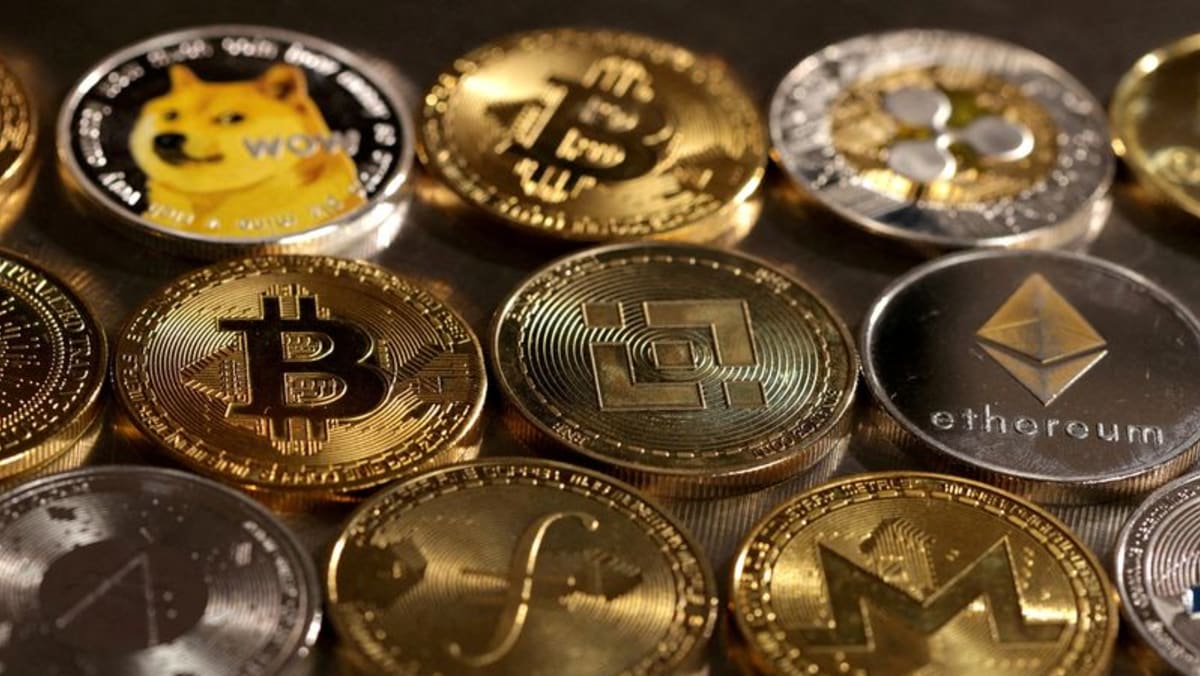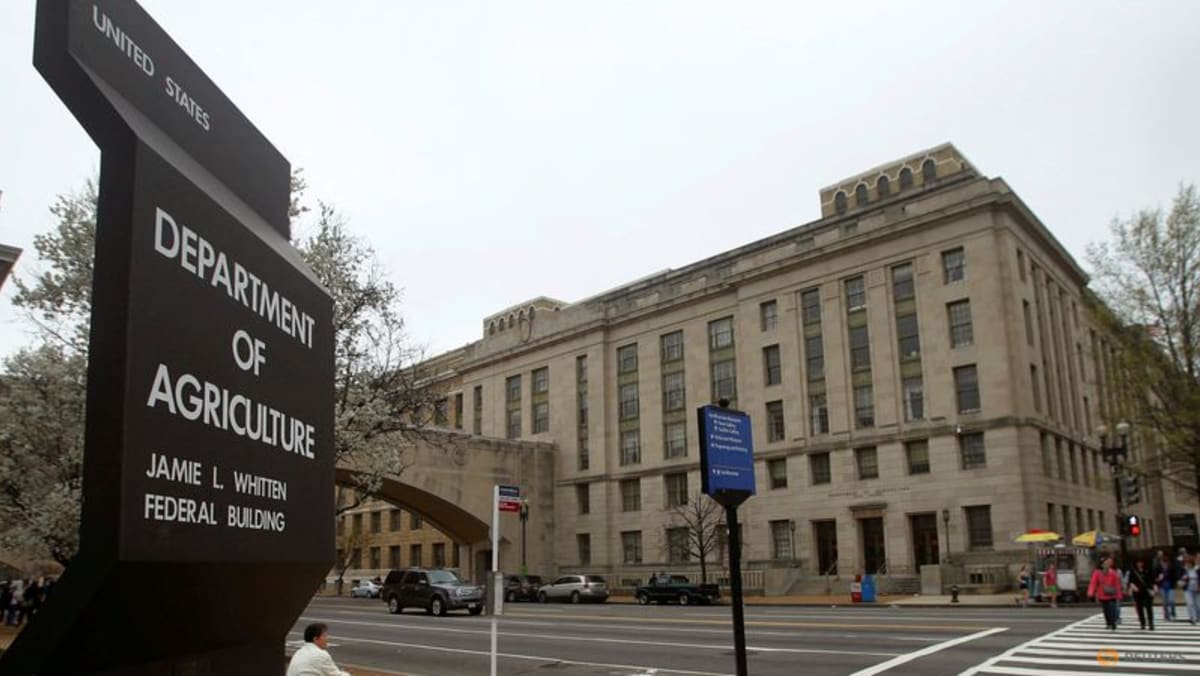MANILA :The Philippine central bank’s decision to keep its key policy rate steady was its way of hedging against global uncertainties, its governor said on Friday.
The Bangko Sentral ng Pilipinas unexpectedly kept its key interest rate steady on Thursday, citing uncertainties over global trade policies, but said rate cuts of at least 50 basis points were still likely this year.
Speaking to CNBC, Governor Eli Remolona said the central bank did not want to put itself in a situation where it would have to reverse itself.
“The uncertainty itself about what’s going on is a factor. And so we thought we needed more time to deepen our analysis,” Remolona said.
“We’re hedging so that we don’t find ourselves in a situation where we have to reverse ourselves. We want to stay on an easing trajectory,” he said.
In a separate interview with One News TV, Remolona said pausing now would be “less disruptive to the markets” than easing and making a U-turn later. “It was a complicated decision,” he said.
U.S. President Donald Trump tasked his economics team on Thursday with devising plans for reciprocal tariffs on every country taxing U.S. imports, escalating the risk of a multi-front trade war, and fuelling inflation concerns that could influence global policymakers’ rate decisions.
“We’re going to be comparing notes with other central banks, but we should have a better understanding of what’s going on by the time of the next policy meeting,” Remolona said.
While shifts in U.S. trade policy will have only a “fairly modest” direct impact on the Philippine economy, the central bank is more concerned about the “indirect spillover effects” from global economic disruptions, Remolona said.
The Philippines, which remains largely dependent on domestic consumption to fuel economic growth, expanded less than expected in the last quarter of last year. It has widened its growth target for 2025 to a range of 6.0 per cent to 8.0 per cent, from 6.5 per cent to 7.5 per cent to account for what it said were evolving global uncertainties.
The BSP will again review monetary policy on April 3.
.jpg?itok=P87vlsSS)













